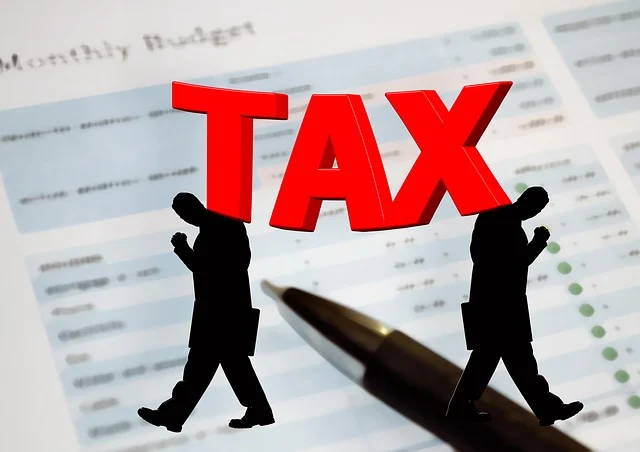How to Apply for Tax Refunds in Italy

Italy, renowned for its rich history, stunning landscapes, and vibrant culture, is also a country with a complex tax system. Whether you’re a resident, an expatriate, or a tourist, understanding how to apply for tax refunds in Italy can save you significant money. This comprehensive guide will walk you through the process step by step, ensuring that you’re well-equipped to navigate the Italian tax refund system.
Understanding the Italian Tax System
Before diving into the refund application process, it’s essential to understand the basics of the Italian tax system. Taxes in Italy are collected by the Agenzia delle Entrate (Revenue Agency), which oversees various types of taxes, including income tax, VAT (Value Added Tax), and regional taxes.
For tourists and non-residents, one of the most relevant taxes is the VAT , which is charged on goods and services. Italy allows non-residents to claim VAT refunds on purchases made during their stay, provided certain conditions are met. Residents and businesses may also be eligible for other types of tax refunds depending on their circumstances.
Who is Eligible for Tax Refunds in Italy?
- Tourists and Non-Residents :
If you’re visiting Italy and make purchases from participating retailers, you may qualify for a VAT refund. To be eligible:- You must reside outside the European Union (EU).
- The goods purchased must be exported out of the EU within three months of purchase.
- The total amount spent at a single retailer must exceed €154.94 (including VAT).
- Residents and Businesses :
Italian residents and businesses can apply for tax refunds in specific cases, such as overpaid taxes, deductions, or credits. These refunds often require detailed documentation and adherence to deadlines.
Step-by-Step Guide to Applying for Tax Refunds in Italy
1. For Tourists: Claiming VAT Refunds
If you’re a tourist, follow these steps to claim your VAT refund:
Step 1: Shop at Participating Retailers
Look for stores displaying the “Tax-Free Shopping” logo. Inform the retailer at the time of purchase that you intend to claim a VAT refund.
Step 2: Obtain a Tax-Free Form
The retailer will provide you with a tax-free form (often called a Tax-Free Cheque ). Ensure that this form includes:
- Your personal details
- A description of the purchased items
- The total amount paid, including VAT
Step 3: Get Customs Validation
Before leaving the EU, present the purchased goods, receipts, and tax-free form to customs officials at the airport, port, or border. They will validate the form after inspecting the items.
Step 4: Collect Your Refund
Once the form is validated, you can collect your refund. Options include:
- Cash refund at dedicated refund counters
- Credit to your bank account via wire transfer
- Refund to your credit card
2. For Residents: Filing for Income Tax or Other Refunds
Residents and businesses seeking tax refunds should follow these steps:
Step 1: Gather Necessary Documentation
Collect all relevant documents, such as:
- Proof of overpaid taxes
- Invoices and receipts
- Bank statements
Step 2: Submit a Refund Request
File your refund request using the appropriate form, which can be downloaded from the Agenzia delle Entrate website. Ensure that the form is completed accurately and submitted within the specified timeframe.
Step 3: Track Your Application
After submission, monitor the status of your application through the Revenue Agency’s online portal. Processing times vary but typically take several weeks to months.
Tips for a Smooth Tax Refund Process
- Plan Ahead :
Start the refund process early to avoid last-minute hassles, especially if you’re a tourist leaving the country. - Keep All Documents Safe :
Retain copies of receipts, forms, and validation stamps until you’ve received your refund. - Be Aware of Deadlines :
Missing deadlines can result in forfeiting your refund. For example, VAT refund applications must be submitted within three months of purchase. - Seek Professional Help if Needed :
If the process seems overwhelming, consider hiring a tax consultant or accountant familiar with Italian tax laws.
Common Challenges and How to Overcome Them
- Language Barrier :
Many official documents and websites are in Italian. Use translation tools or seek assistance from bilingual staff at retailers or refund counters. - Customs Delays :
Long queues at customs can delay your departure. Arrive at the airport or port well in advance to allow time for inspections. - Incomplete Documentation :
Ensure all forms are fully completed and signed. Missing information can lead to rejection of your refund request.



